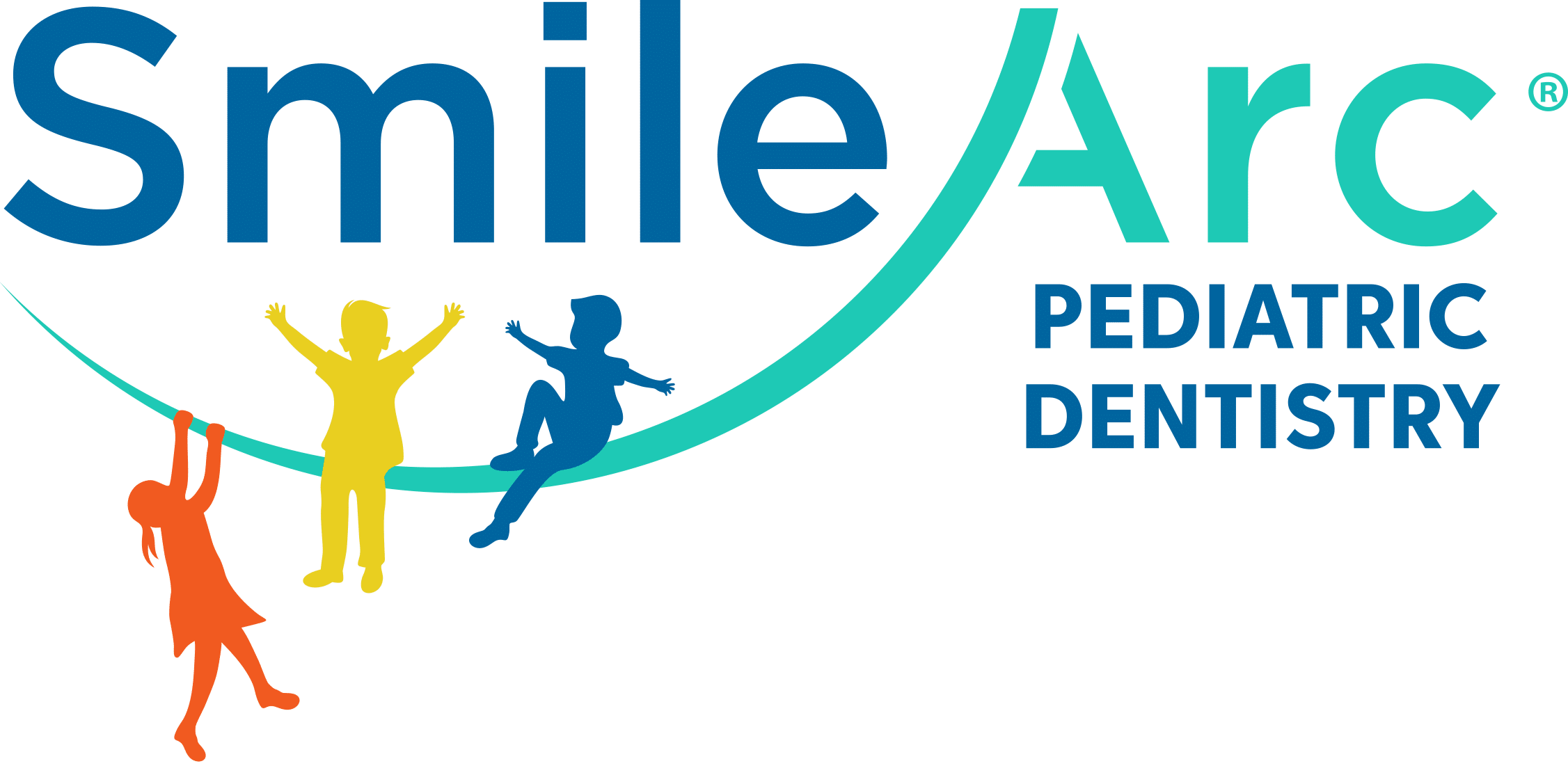Breathing Right, Growing Bright: Nurturing Healthy Development in Children for a Lifetime of Wellness.
Children who consistently breathe through their mouth and snore persistently may face a spectrum of health concerns, including chronic allergies, inflammatory diseases, prolonged bedwetting, and Attention Deficit Hyperactivity Disorder (ADHD). These issues often arise from inadequate jaw and teeth development, posing a higher risk for children aged 2-6. Addressing these concerns can promote optimal airway health, mitigating both immediate and long-term problems as they transition into adulthood.
Proper development of the upper jaw bone in children occurs when breathing through the nose, with the tongue naturally resting on the roof of the mouth. Deviations from this norm, such as improper breathing, can contribute to various developmental issues, including a narrow or collapsed palate, crowded teeth, narrow dental arches, backward-shifting jaws, and facial changes hindering nasal breathing. Additionally, cognitive and behavioral challenges may arise due to restricted airflow, impacting the body’s ability to oxygenate organs adequately.
Early identification and intervention are crucial for normalizing bone structure and optimizing a child’s respiratory function. Addressing sleep-disordered breathing involves a range of treatments, such as medications, removal of tonsils and adenoids, growth guidance therapies, and early orthodontics. These measures aim to alleviate breathing difficulties and support overall well-being in children.
BENEFITS OF IMPROVED AIRWAY
- Better sleep
- No more snoring/sleep apnea
- No more bed wetting
- Better performance at school
- Better grades at school
- No more bags under eyes
- Better life style
- Better breathing
- Kids/adults are less tired due to improve quality of sleep




